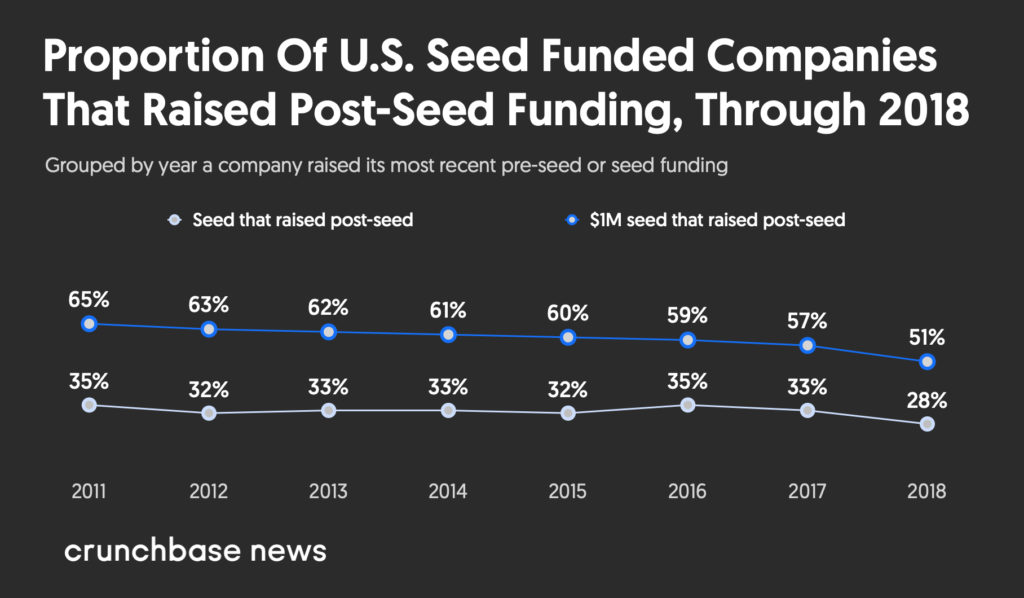Introduction:
The Indian startup ecosystem is thriving, driven by innovative entrepreneurs and supported by investors, accelerators, and incubators. From the early groundwork of pre-seed to the high-stakes expansion in Series A and beyond, understanding the objectives at each stage is vital for sustainable growth and success.

Image Source: https://inc42.com/reports/indias-top-200-startups-financial-index-report-2023/
Seed Stage:
- At the pre-seed stage, startups focus on developing a solid business concept, working on partnership agreements, obtaining patents or copyrights, and creating a compelling pitch deck. The emphasis is on laying the groundwork for the business idea.
- Once the pre-seed stage is completed, the seed stage follows. Here, the startup moves forward with creating a product or prototype based on the established business concept. The objective is to raise initial funds and get the business up and running.
- Funding Sources in Seed Stage: Self, family and friends, Micro VCs.
- But unfortunately, only 1 out of 3 startups successfully pass on to the Series A funding stage.
- At this stage, startups may encounter failure due to financial constraints and an improper product-market fit among other reasons.

Data Source: Why Fewer Than 1 In 3 Seed-funded Indian Startups Get Series A Funding – Forbes India

Image Source: What Are The Odds Of Success For A US Seed Funded Startup? (crunchbase.com)
Series A:
This stage involves-
- Researching industry and markets to identify growth opportunities.
- Writing a comprehensive business plan to outline strategies for expansion.
- Launching marketing and advertising efforts to gain customer traction.
- Generating revenue and aiming for profitability.
- Planning to scale into new markets.
- Funding Sources: Accelerators, Super angel investors, Venture capitalists.
Series B:
In Series B, startups focus on-
- Expanding consumer interest and market presence.
- Establishing a commercially viable product or service for scalability.
- Scaling production, marketing, and sales to meet growing demand.
- Funding Sources: Venture capitalists, Late-stage venture capitalists.
Series C & beyond:
In this stage, the startups concentrate on-
- Continuously innovating by building new products and exploring new markets.
- Establishing a strong position in the industry.
- Attracting investments from venture capitalists and late-stage venture capitalists for substantial growth.
- Funding Sources: Late-stage venture capitalists, Private equity firms, Hedge funds, and Banks.
Exit:
- Making an initial public offering (IPO) to offer shares to the public and provide liquidity to investors becomes a potential exit strategy.
- An exit through a sale or via VCs or SPACs is another way for investors and founders to realize the value of their investments.
Conclusion:
Startups not only create jobs and spur technological advancements but also disrupt traditional industries, fostering competition and pushing boundaries. Startups play a pivotal role in shaping economies, driving prosperity, and shaping the future. From Pre-Seed to Exit, the lifecycle of a startup represents an exciting journey filled with challenges, breakthroughs, and transformative impact.
Read more about Indian Startups: The Fast Track to Funding Your Startup: Convertible Notes, CCD, CCPS, SAFE




